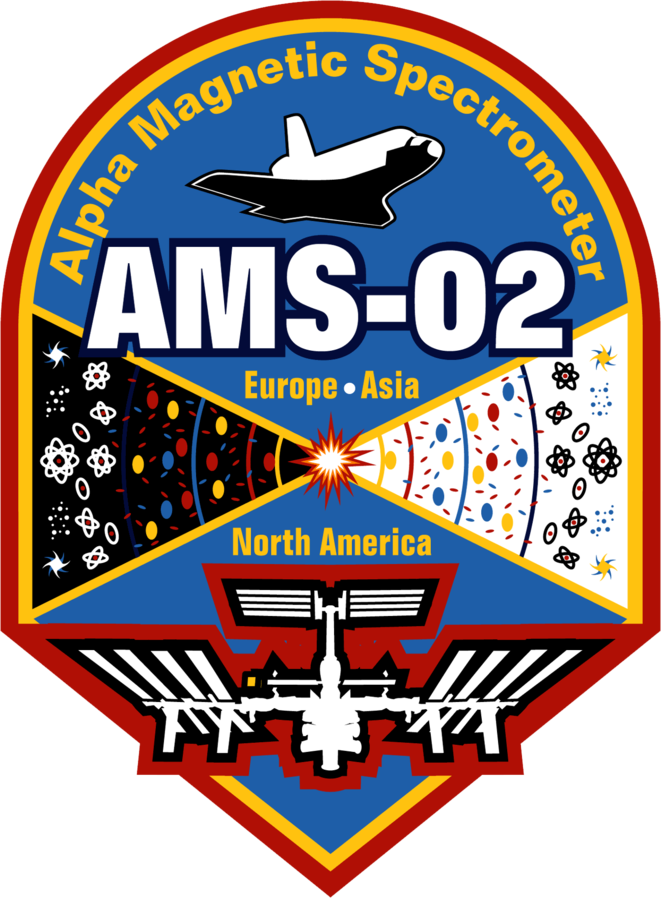44.501158, 11.357444
More than 60 physicists and engineers from six universities and INFN units contributed to the AMS construction and commissioning, development of the data analysis tools and ground segment infrastructures.
Italian researchers, thanks to the support of INFN and ASI, have been responsible for the realization of four out of the five AMS sub-detectors (namely TOF, TRACKER, RICH, ECAL) and for the electronics of the TRD gas control system. Italian industries developed the thermal control and power distribution systems, the RICH conical mirror and the silicon sensors for the Tracker system.
Italian effort has continued uninterruptedly along the years in the:
- operation and monitoring of AMS at the CERN POCC;
- calibration and verification of detector performances;
- data analysis and computing support;
- space qualification of the new UTTPS system.
An integral master copy of the AMS-02 data is preserved at the CNAF, the INFN computing data center where 15k HEP-SPEC06 of CPU and 2Pbyte of disk are available for AMS-02 data processing and Monte Carlo simulation. All public data from AMS-02 are easily retrievable from the ASI Space Science Data Center.
The Bologna Group has been actively involved in the AMS-02 experiment since the initial conception phase. In particular, the group designed and built the Time-Of-Flight-Detector in the INFN laboratories in Bologna and participated to the integration of the detector and the test beam at CERN.
Since AMS-02 launch and installation on the ISS, the Bologna Group has always participated in data taking and on-line monitoring, first at KSC (Kennedy Space Center) and JSC (Johnson Space Center) and then at the AMS-02 POCC (Payload Operation Control Center) at CERN. The Bologna team is active on the Time-of-Flight calibration, maintenance and performance studies.
The AMS-02 experiment data analysis has been devoted to proton flux studies, unfolding procedures, time stability of the experimental apparatus (in particular for positron fraction measurements), and strangelets measurements.
The Bologna group is active on the interpretation of cosmic rays data with models for Cosmic Rays (CR) generation and propagation in the Galaxy and in the Solar System: this includes a long-term collaboration with Igor Moskalenko's GALPROP team and Milano Bicocca HelMod group, to build up a modern description of cosmic rays physics based on AMS-02 high precision data.
Since 2015, the group has been involved in the study of uncertainties in CR fluxes for indirect search for dark matter and characterization of dark matter candidates. The Bologna group collaborates within the COMPASS++/AMBER proposal team for the analysis of antiprotons production cross section measured at CERN.
The Bologna Group is active on scientific dissemination in Emilia Romagna.
Currently the AMS-02 group in Bologna consists of six staff and one post-doc research members.
The contribution of Bologna to the construction and testing of AMS would have not been possible without the dedicated effort of the technical and engineering team: C. Guandalini, M. Lolli, R. Pilastrini.
Former staff & post-doc members of the Bologna group include: V. Bindia, D. Casadei, F. Giovacchinib, C. Sbarra.
